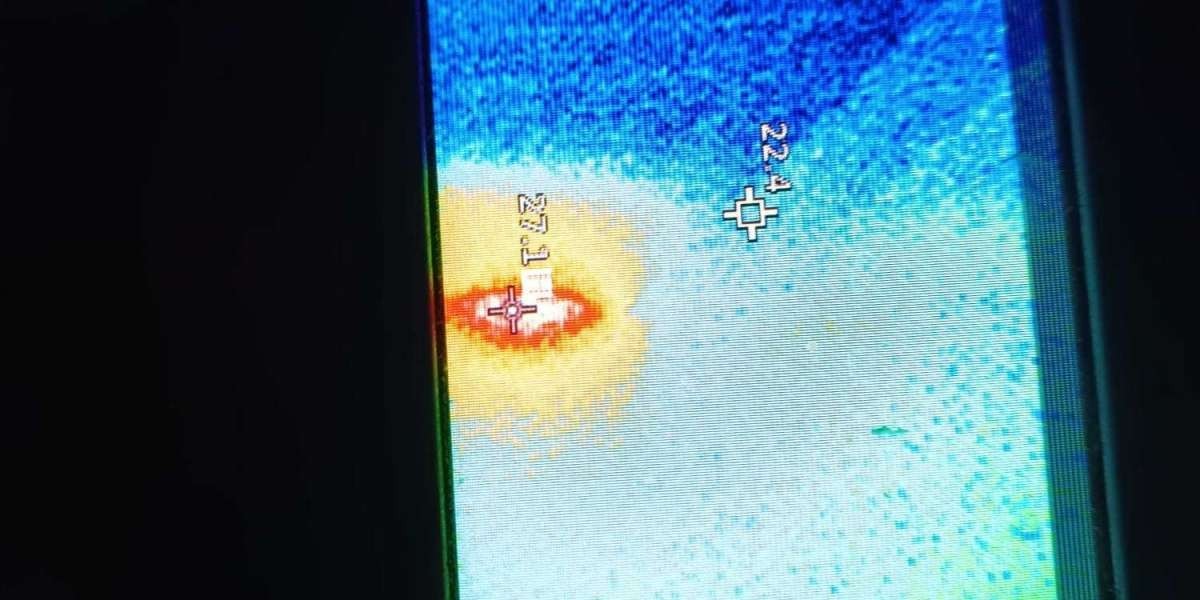The rise of the electric vehicle (EV) has introduced a new and formidable challenge to automotive engineering: safely and reliably managing hundreds of volts and hundreds of amps of electrical current. At the very heart of this challenge are the EV power connectors. As of late 2025, these components are far more than simple plugs; they are highly engineered, safety-critical devices that form the crucial links in the high-voltage (HV) chain. From the charging port on the outside to the main battery disconnect unit and the motor inverter, these connectors are the robust, shielded "handshakes" that make the entire EV powertrain possible. Their design is a balancing act of extreme power handling, absolute safety, and long-term durability.
The High-Voltage Environment
Unlike a 12V system where a shock is unpleasant, an EV's high-voltage system (typically 400V or 800V) is lethal. This non-negotiable reality dictates the entire design philosophy of HV power connectors. They are built to handle:
High Voltages (400V/800V): Requiring significant insulation and "creepage and clearance" distances (physical spacing) to prevent electrical arcing.
High Currents (100-500+ Amps): Requiring large, robust terminals and conductors (copper or aluminum) to carry high power loads without overheating.
Harsh Environments: Must be completely sealed against water and dust (IP6K9K), and able to withstand extreme temperatures and constant vibration.
Electromagnetic Interference (EMI): Must be fully shielded to contain the powerful electromagnetic noise generated by high currents, preventing it from disrupting other electronics.
Key Features and Technologies
To meet these demands, EV power connectors are packed with specialized technologies:
The Bright Orange Colour: This is the most obvious feature. It's a universal safety standard (like SAE J1673) that visually shouts "Danger: High Voltage," alerting technicians and emergency responders to the hazard.
High-Voltage Interlock Loop (HVIL): This is arguably the most important active safety feature.
What it is: A secondary, low-voltage circuit (a loop) integrated into the connector. It uses two small, dedicated pins that connect first and disconnect last (a "first-to-make, last-to-break" design).
How it works: This HVIL circuit is constantly monitored by the vehicle's computer. If an HV connector is properly seated, the loop is complete. If someone attempts to disconnect an active HV connector, the HVIL pins break contact before the main power pins. The computer instantly detects this broken loop and commands the high-voltage battery to shut down (open its main contactors) in milliseconds. This de-energizes the power pins before they are physically separated, preventing a massive, dangerous electrical arc.
Complete Shielding (EMI/RFI): The connector housing (and the corresponding cable) includes a 360-degree metallic shield. This shield contains the powerful electromagnetic radiation generated by the high currents, preventing it from interfering with the radio, GPS, ADAS sensors, or other sensitive electronics in the car.
Robust Sealing (IP67/IP6K9K): Multiple layers of silicone rubber seals (wire seals, peripheral seals) ensure the connection is completely watertight and dustproof, preventing corrosion or short circuits.
Touch-Proof Design: The high-voltage terminals (pins and sockets) are deeply recessed within the plastic housings, making it impossible for a person to accidentally touch a live conductor even when the connector is unplugged (a "scoop-proof" design).
Where are EV Power Connectors Used?
These specialized connectors are used for every key link in the high-voltage powertrain:
Charging Inlet: The external port where you plug in the charging cable.
Battery Pack Disconnect: The main "plug" that connects the high-voltage battery pack to the rest of the vehicle.
Inverter Connectors: Connect the battery to the inverter and the inverter to the traction motor(s).
On-Board Charger (OBC) & DC-DC Converter: Connect these components to the HV bus.
HV Cabin Heaters / E-Compressors: Connect the high-power climate control components.
The Future: Higher Power, Smaller Size The industry, led by connector giants like TE Connectivity, Aptiv, and Molex, is constantly innovating. The trends are towards developing connectors for 800V architectures (and higher), improving thermal management (to handle heat from faster charging), further miniaturization (to save space and weight), and developing automated solutions for both manufacturing and assembly, all while maintaining the absolute highest levels of safety and reliability.
Frequently Asked Questions (FAQ)
Q1: Why are EV power connectors always orange? A1: The bright orange colour is a mandatory safety standard. It serves as a universal visual warning to anyone working on the vehicle (technicians, emergency responders) that the cable or component contains high, potentially lethal, voltage.
Q2: What is HVIL (High-Voltage Interlock Loop)? A2: HVIL is a critical safety circuit built into high-voltage connectors. It's a low-voltage loop that detects if the connector is fully and securely plugged in. If someone tries to unplug the connector while the system is live, the HVIL circuit breaks first, instantly signaling the vehicle to shut off the high-voltage power before the main power pins separate, preventing a dangerous electrical arc.
Q3: Are EV power connectors waterproof? A3: Yes, they are required to be extremely waterproof and dustproof, often meeting high Ingress Protection (IP) ratings like IP67 or IP6K9K. This uses a system of robust silicone seals to protect the high-voltage connections from corrosion and short circuits caused by water, salt, or dirt.
Q4: How are EV connectors different from EV charging connectors? A4: EV power connectors (the subject of this article) are the internal components inside the vehicle, connecting the battery to the inverter, motor, etc. EV charging connectors (plugs) are the standardized external interfaces (like CCS, CHAdeMO, Type 2) that connect the external charging station to the car's charging inlet. While they share many principles (high power, safety), they are designed for different applications (one for permanent internal connection, the other for repeated public use).
More Related Report
Automotive Alternator Market Size






